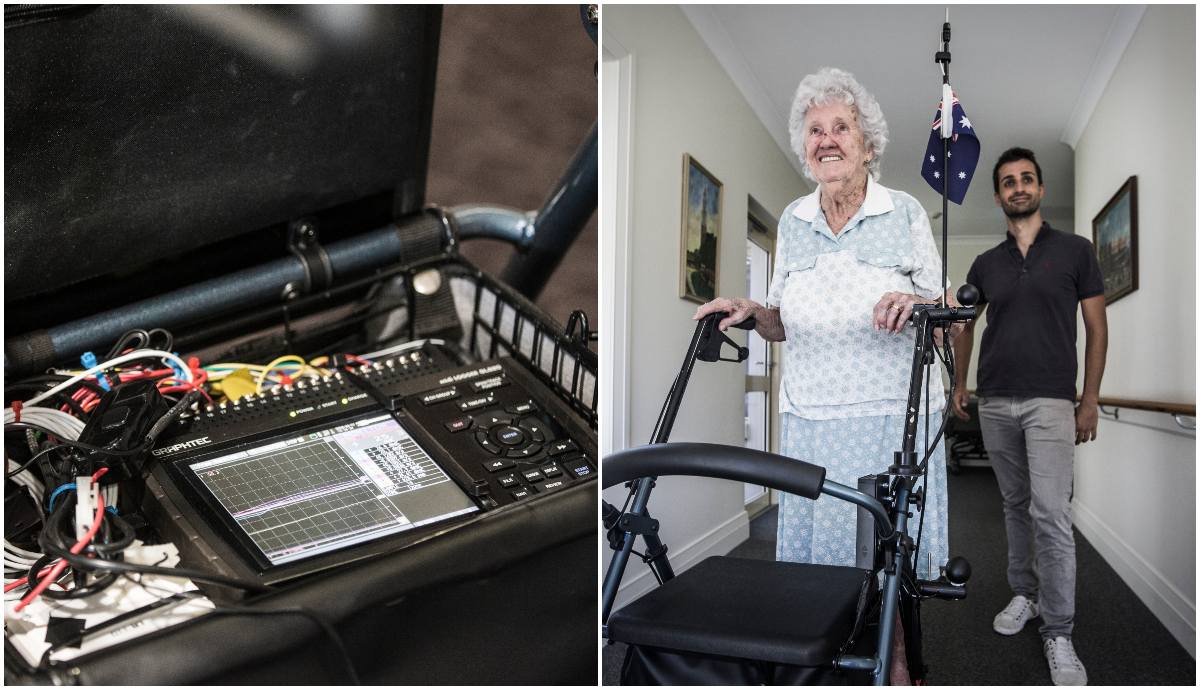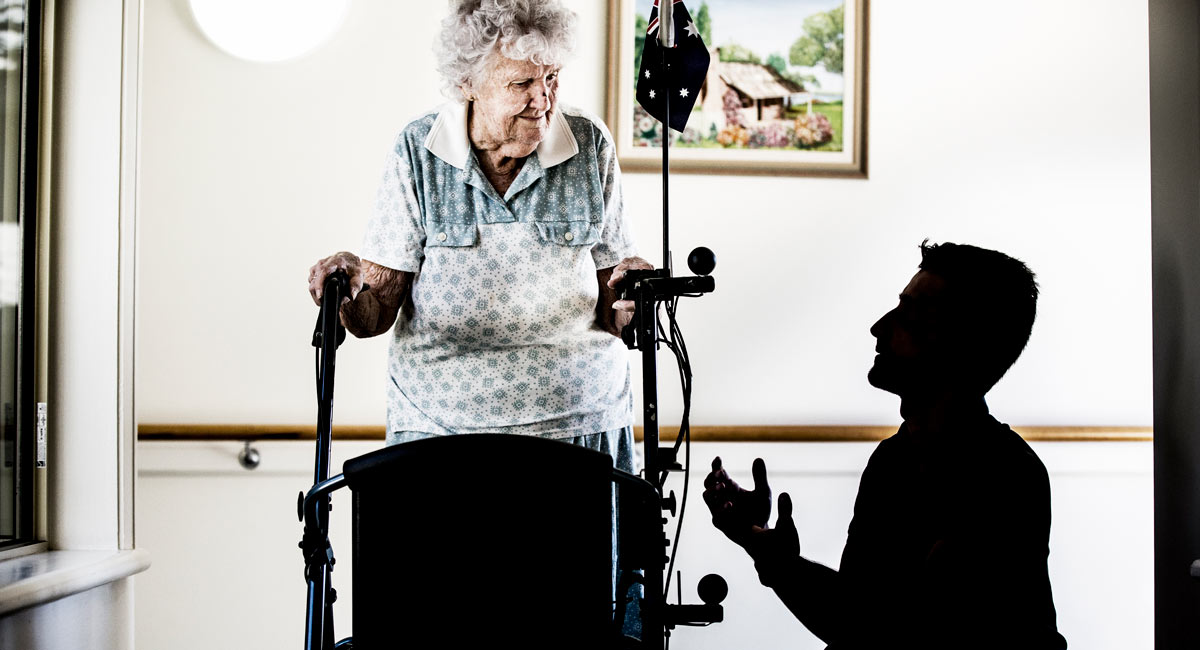August 1, 2018
Turning up the temperature on indoor comfort
Study highlights need for optimum heating and cooling temperatures in aged care homes
Indoor temperatures in aged care homes could have a dramatic impact on the wellbeing of residents, particularly those living with dementia.
Researchers at the University of Wollongong's (UOW) Sustainable Buildings Research Centre (SBRC) undertook a study of thermal comfort in aged care centres in the Illawarra to determine what temperature variations residents were living with.
Not only do perceptions of thermal comfort change as people age, indoor temperature has been cited as a key factor in comfort for older people, but indoor temperature also affects the wellbeing, health and behaviour of residents including the frequency and disruptiveness of agitation manifested by people living with dementia.
"Older people, and in particular those with dementia, may have decreased sensitivity to temperature changes and dementia may impair their ability to adapt to their environment."
With estimates of more than 75,000 additional aged care places needed over the next decade to support an ageing population, the findings of the study could have major implications for the design and operation of new facilities.
Prior to the present study there has been very little research into how residents of nursing homes perceive their thermal environment as well as a lack of guidelines for thermal conditions for the aged care sector.
Researcher Dr Federico Tartarini collected data from five aged care facilities in the Illawarra, in both warmer and cooler months, using a high-tech, wheeled-walker fitted with temperature, humidity and air velocity sensors.
Residents and non-residents (typically aged care staff) were also asked to complete a questionnaire to find out how thermally comfortable they felt.
The World Health Organization suggests that older people should not be exposed to temperatures lower than 20 degrees, while the International Organization for Standardization recommends maximum temperatures not exceed 26 degrees.
Dr Tartarini’s study found:
- The researchers concluded that a comfort band between 20 degrees and 26.2 degrees would appear to be appropriate and desirable for residents living in nursing homes.
- Indoor air temperatures in the case study facilities were found to range between 17.2 degrees and 31.6 degrees.
- During the warm season, 53 per cent of residents and 40 per cent of non-residents were exposed to temperatures colder than those recommended by usual thermal comfort standards for summer clothing, which indicated air conditioning systems were not being operated correctly.
“It was interesting to note that residents felt comfortable over a wider range of temperature than staff members,” Dr Tartarini said.
“Some residents reported that even though they sometimes felt uncomfortable, either too hot or cold, they still felt that the thermal conditions in their aged care facility were acceptable.
“Importantly we also found that there was a statistically significant increase in the frequency of agitated behaviour manifested by residents living with dementia for those who were exposed to temperatures outside the comfort band
“Older people, and in particular those with dementia, may have decreased sensitivity to temperature changes and dementia may impair their ability to adapt to their environment, that is why good thermal care should be provided to them.”

Dr Tartarini said the results, published recently in the journal Building and Environment, could be used to inform the design of new facilities and the assessment of thermal comfort conditions in existing residential care homes.
“By designing or refurbishing new or existing care homes using good design principles such as passive solar design, good insulation, shading, thermal mass and natural ventilation, and ensuring any air conditioning systems have good control systems, could significantly reduce temperature variations indoors.”
The study recommended that staff at aged care homes should be trained to provide good thermal care to residents, by operating air-conditioners appropriately, for example.
“Until specific guidelines for thermal comfort are developed for the sector, many residential care homes may continue to offer less than optimal thermal conditions which may negatively impact the health and wellbeing of residents and staff.”
The study will also provide valuable insights to assist in the design and operation of the Desert Rose House, a student-led project to design and build a sustainable home with a focus on improved quality of life for people with dementia.
Warrigal CEO, Mark Sewell, said Warrigal assisted in the funding of the scholarship to support Dr Tartarini’s research to better understand the effects of thermal temperature on customers.
“The findings of the research have influenced how we program our building management systems, such as setting the temperatures throughout our residential care home, which has now been implemented across all of our sites.
“It’s also helped create our environmental design guides that have recommended temperatures for different parts of the home across our network of residential care communities.
“Such research is so valuable in ensuring we continue to improve our services to older people – that’s why we have formalised our partnership with UOW into a collaboration agreement to ensure more of these evidence-based approaches to improvement,” Mr Sewell said.
The research was funded through a scholarship from aged care provider Warrigal and supervised by Professor Richard Fleming, Director of Dementia Training Australia, and SBRC Director Professor Paul Cooper.
